Impact of Business Environment on Organizational Operations
VerifiedAdded on 2023/02/02
|10
|557
|25
Report
AI Summary
This report provides an overview of the business environment and its impact on organizational operations. It begins by defining the business and highlighting the importance of environmental factors. The report then discusses various types of organizations, including public, private, and voluntary firms, and their respective characteristics. It explains how these organizational structures influence operational strategies. Furthermore, it emphasizes the importance of organizational structure in planning business activities and maintaining operational efficiency. The report concludes by summarizing the key takeaways and providing references to support the analysis. The report also includes examples of different types of firms like Tesco, H&M, and Oxfam to illustrate the concepts discussed.
1 out of 10
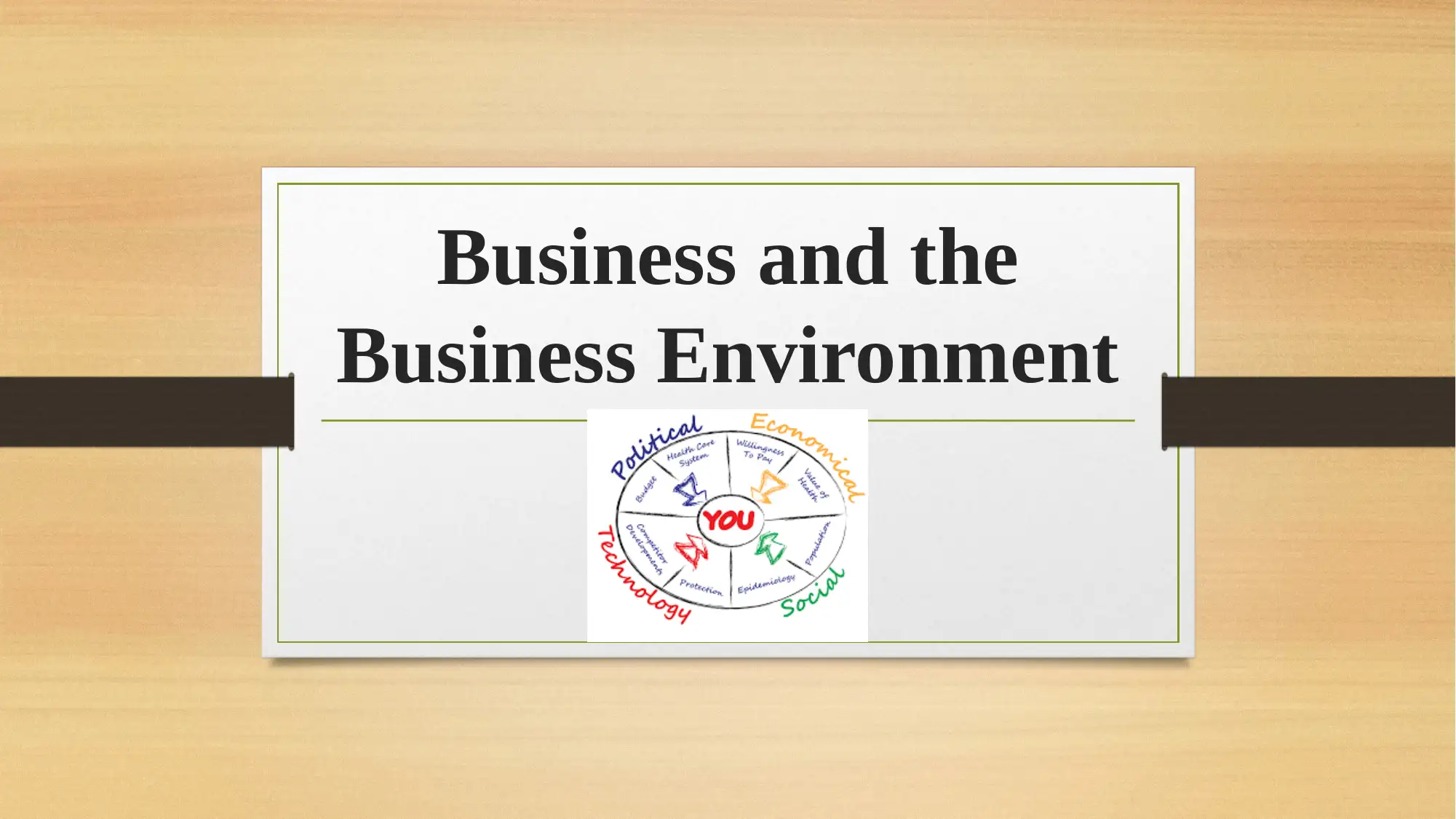
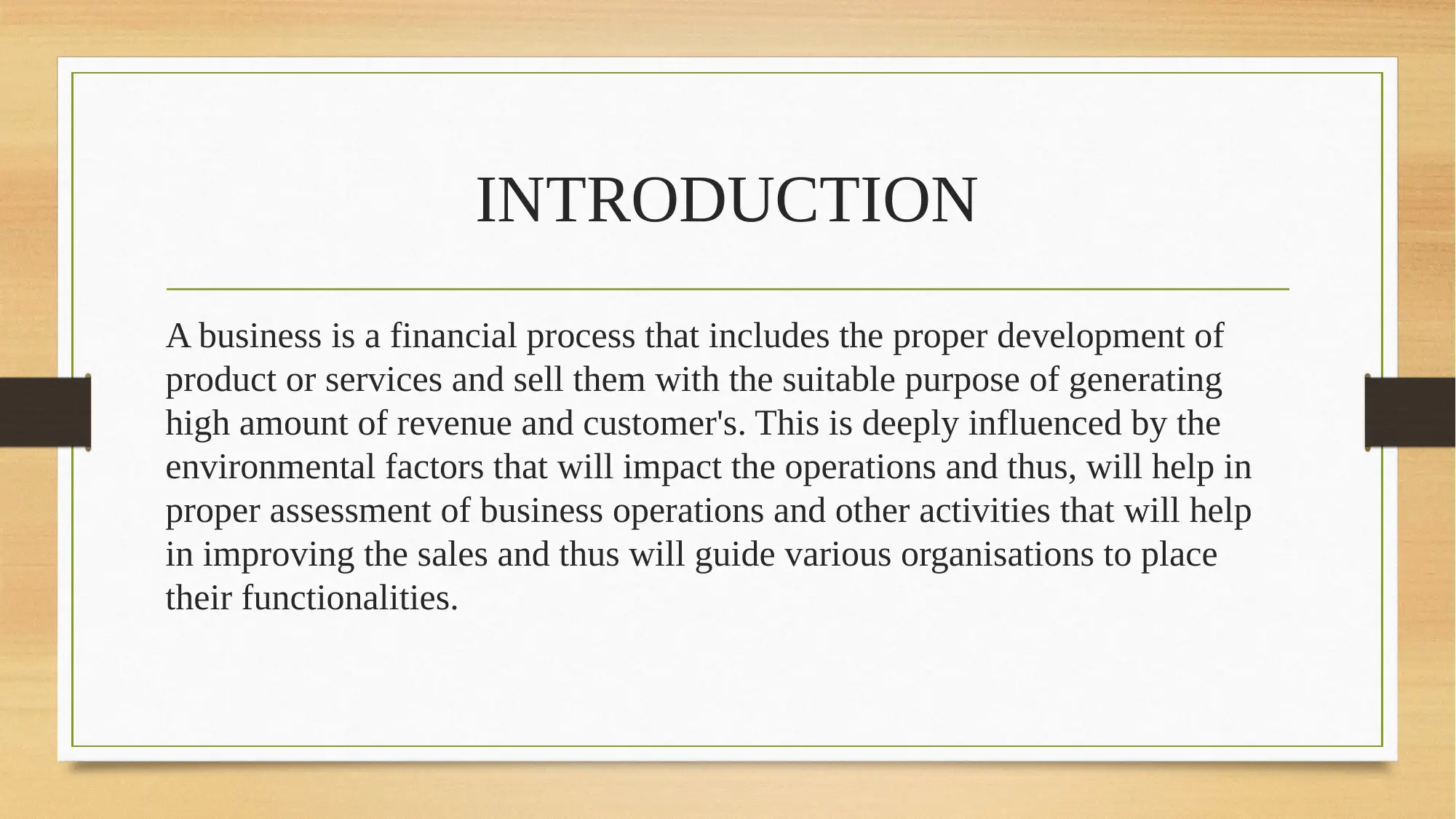
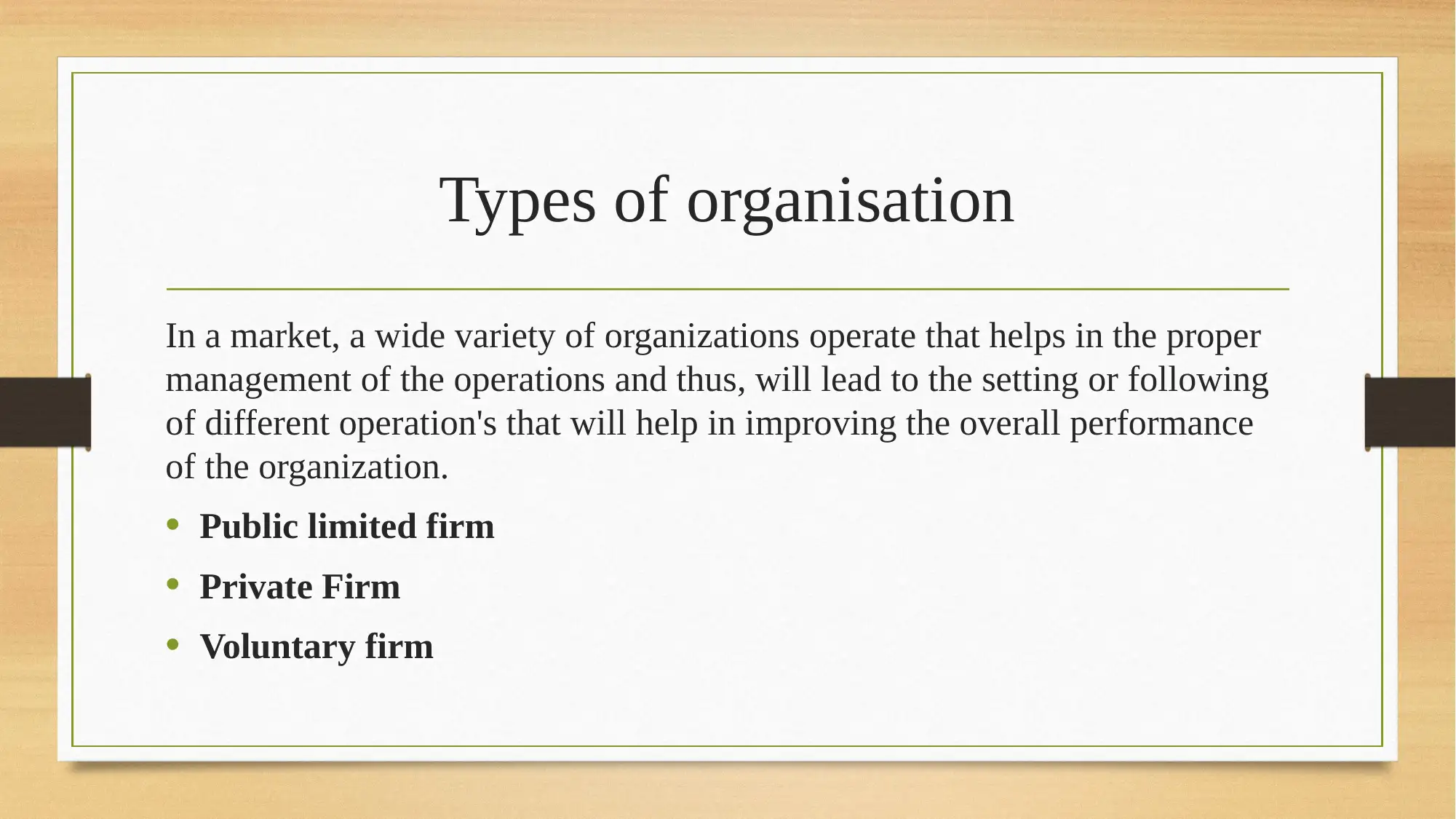

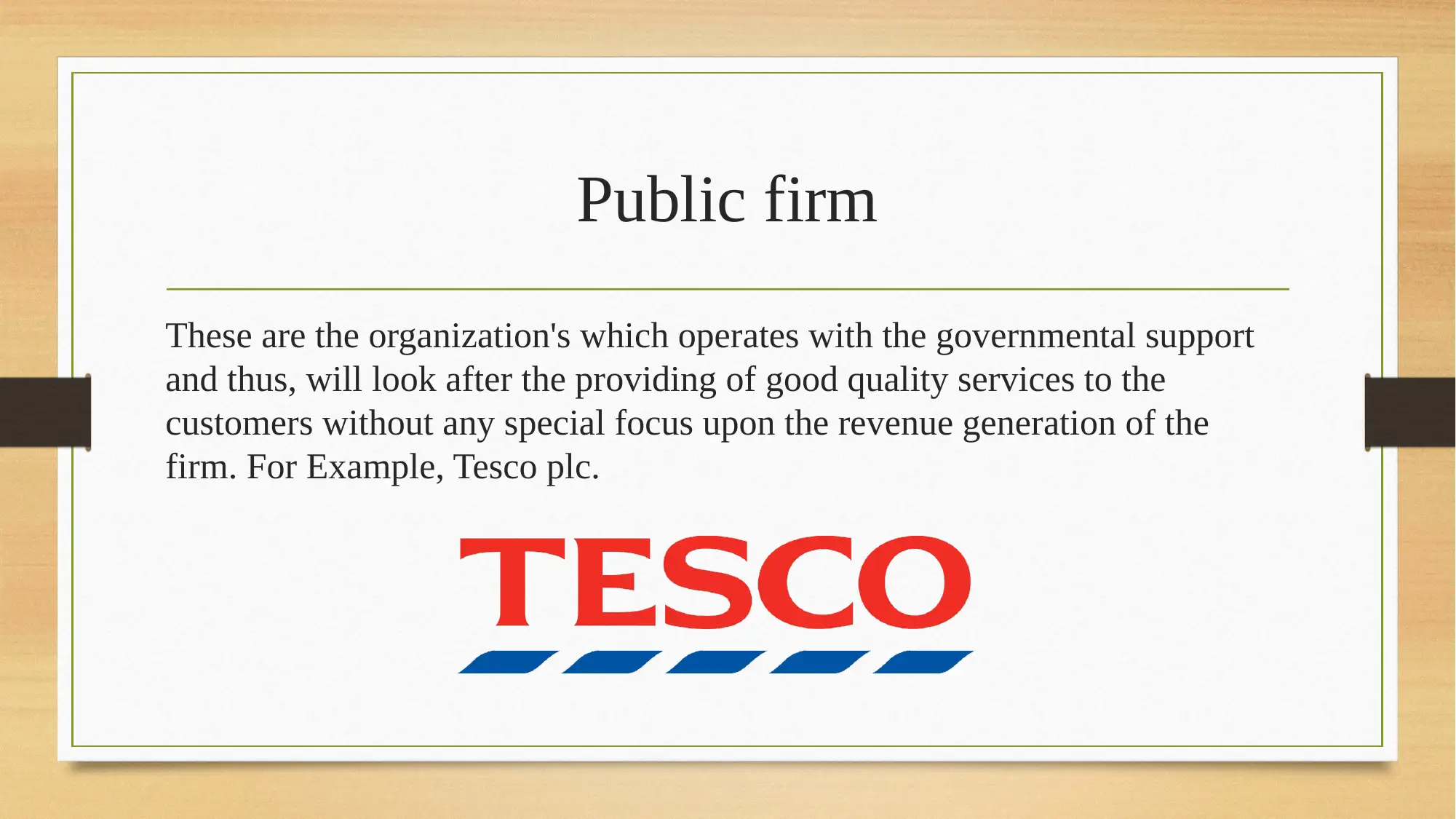
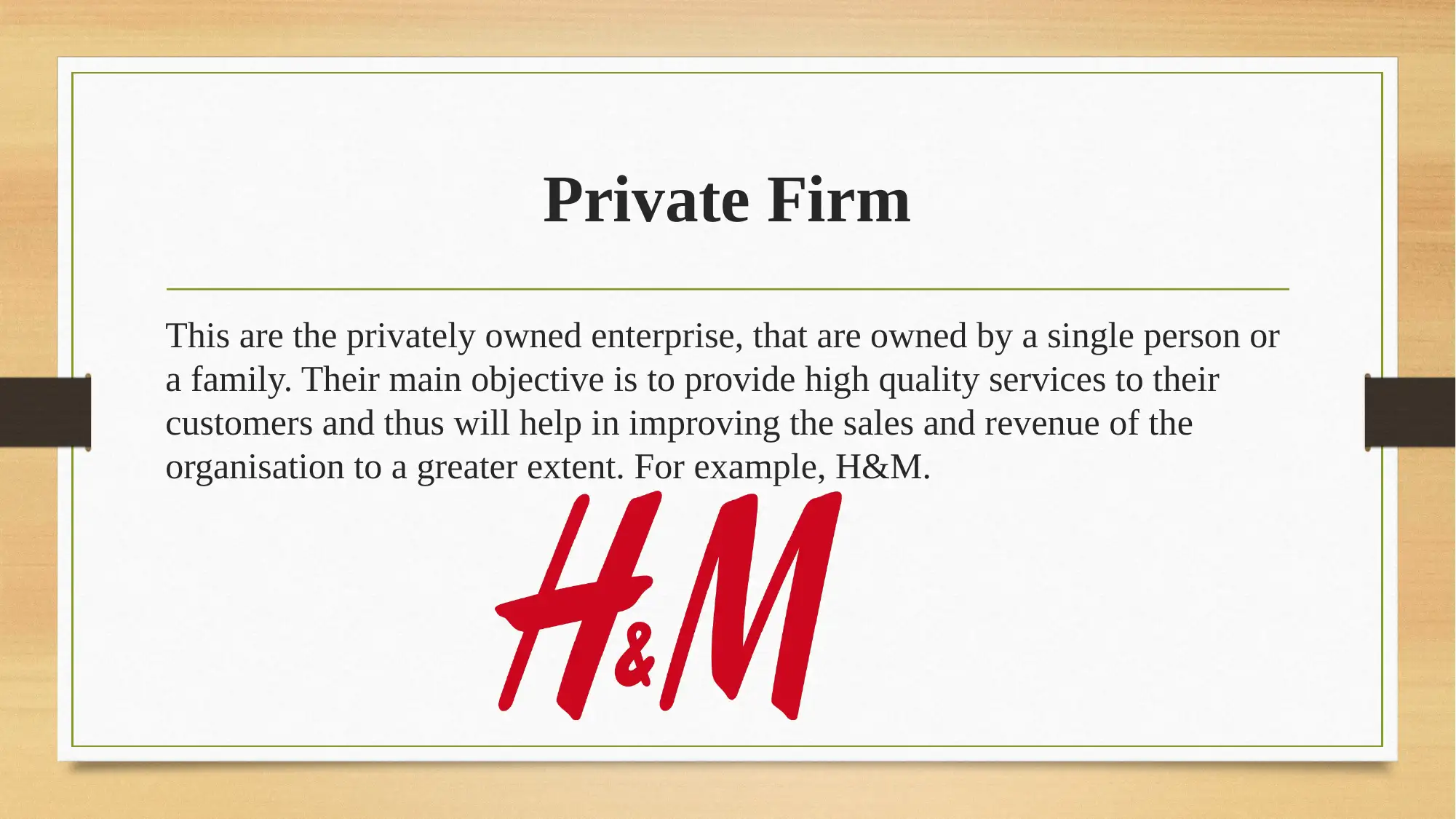
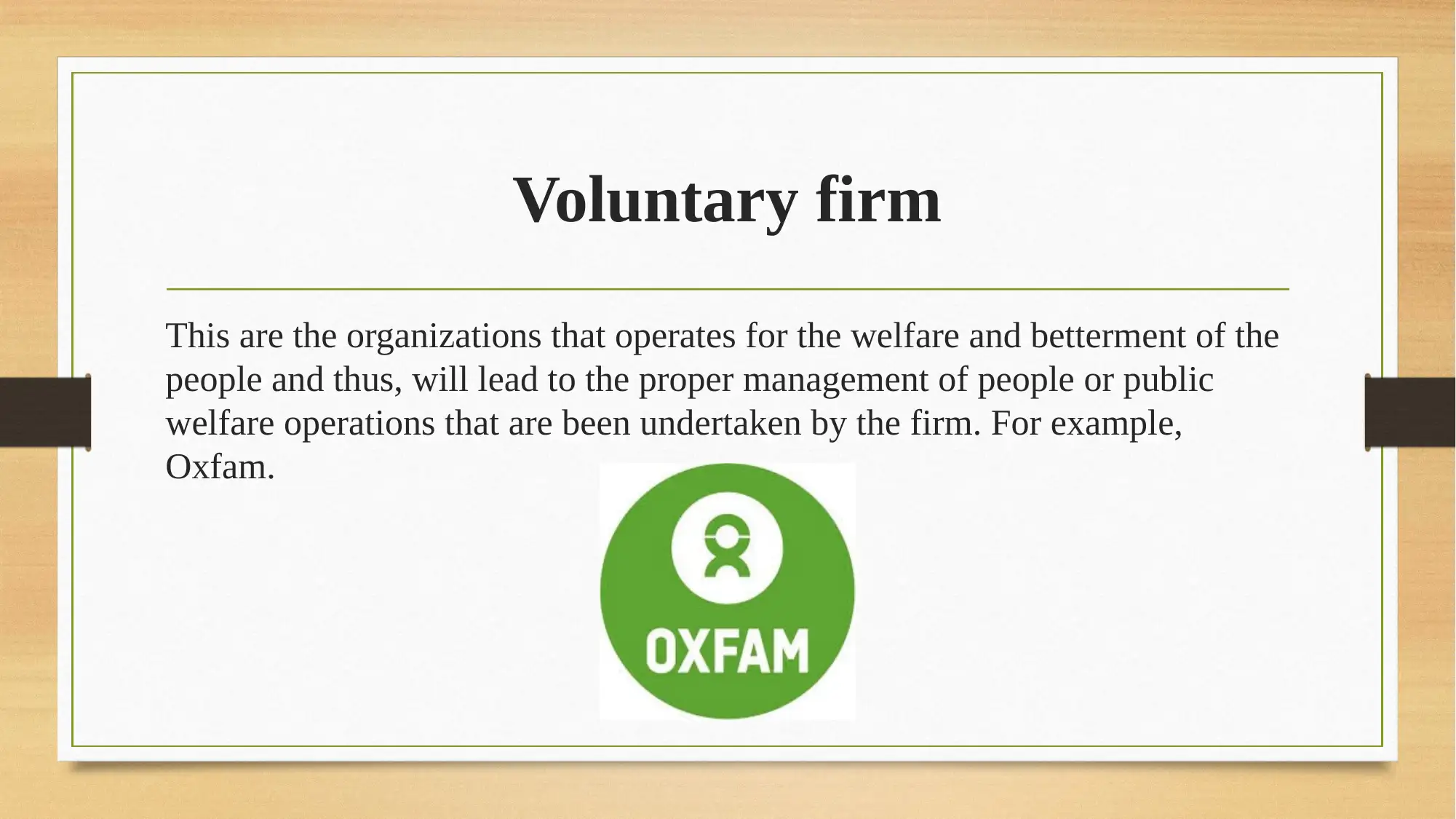
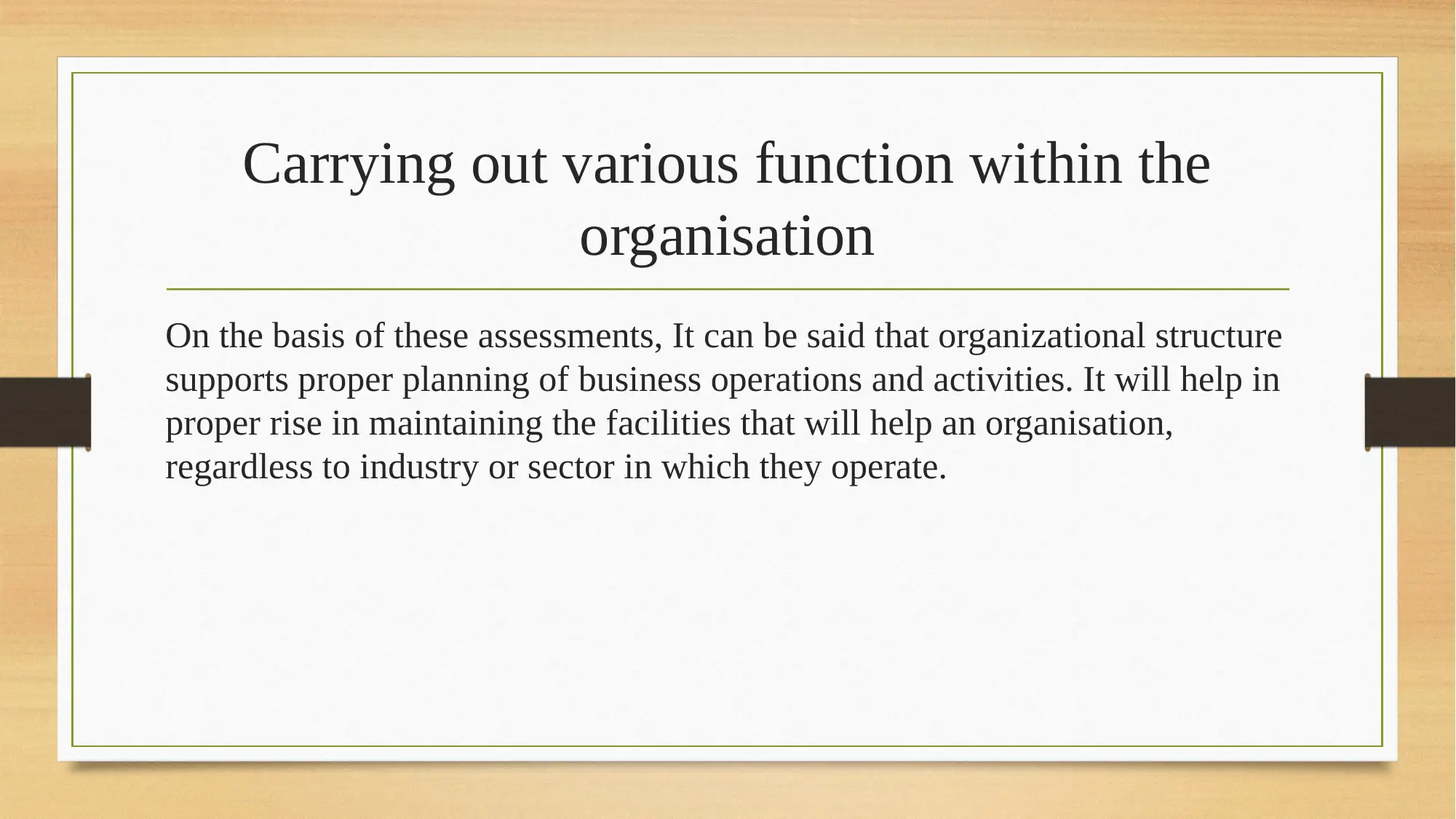
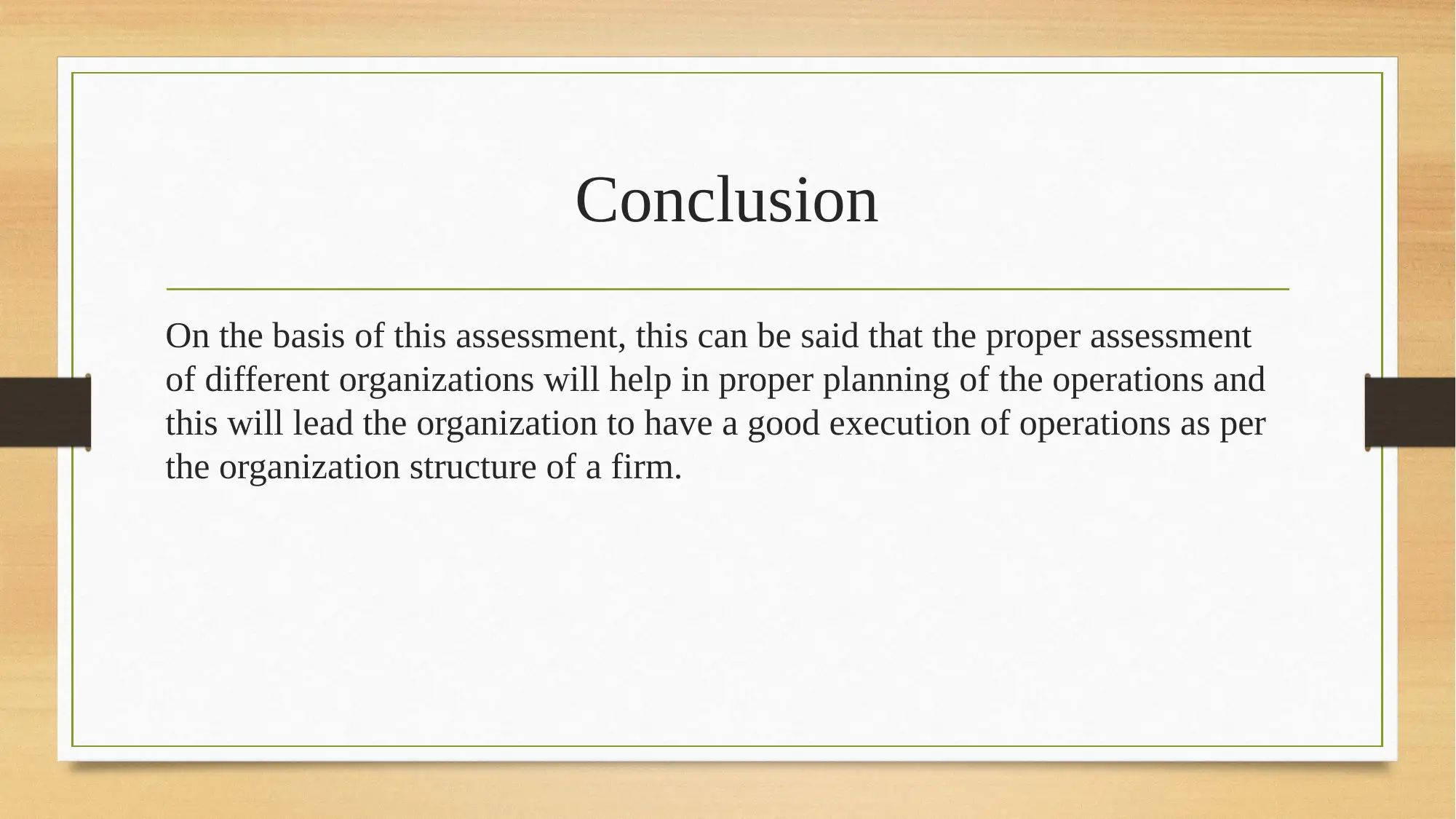
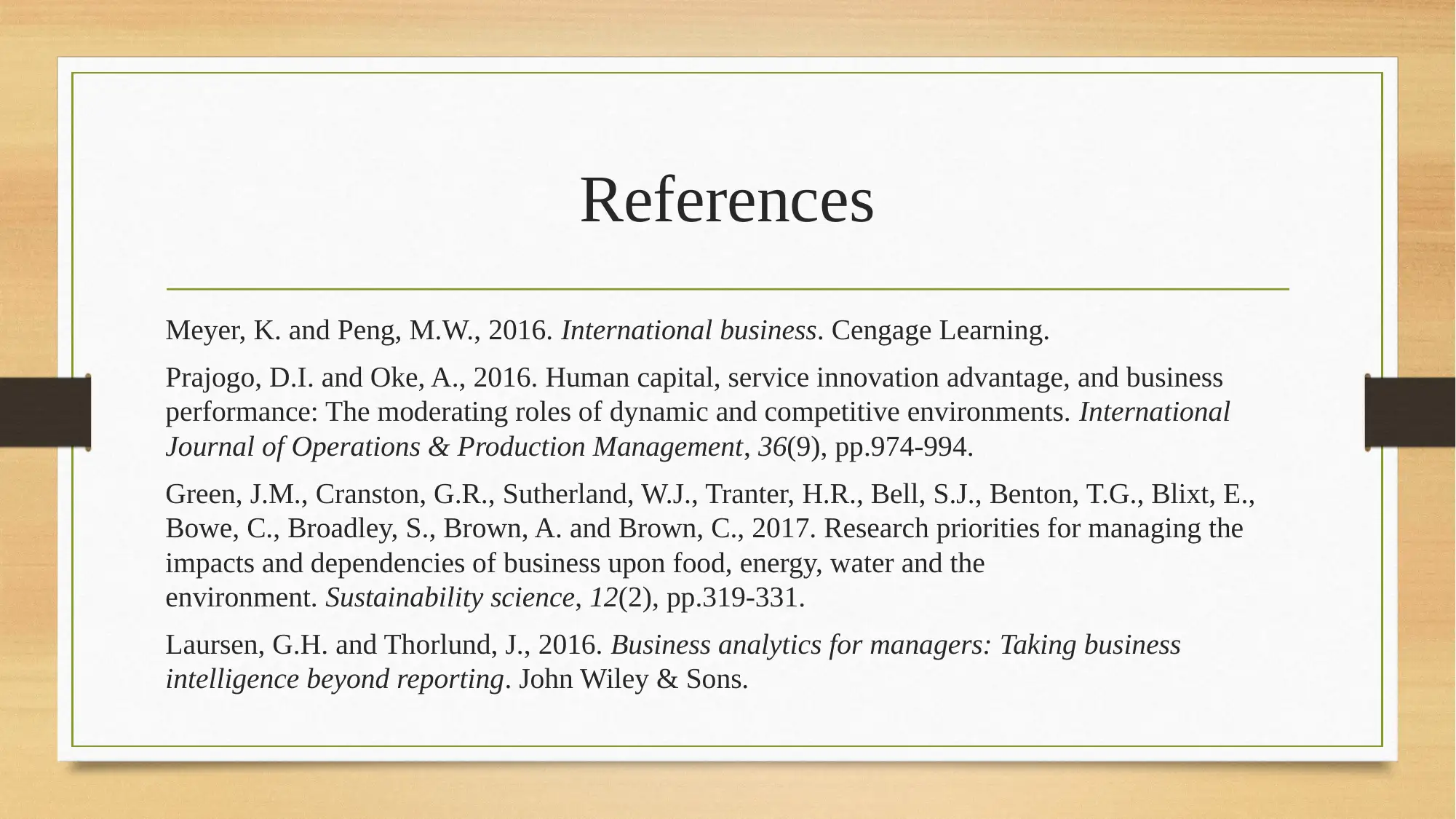







![[object Object]](/_next/static/media/star-bottom.7253800d.svg)